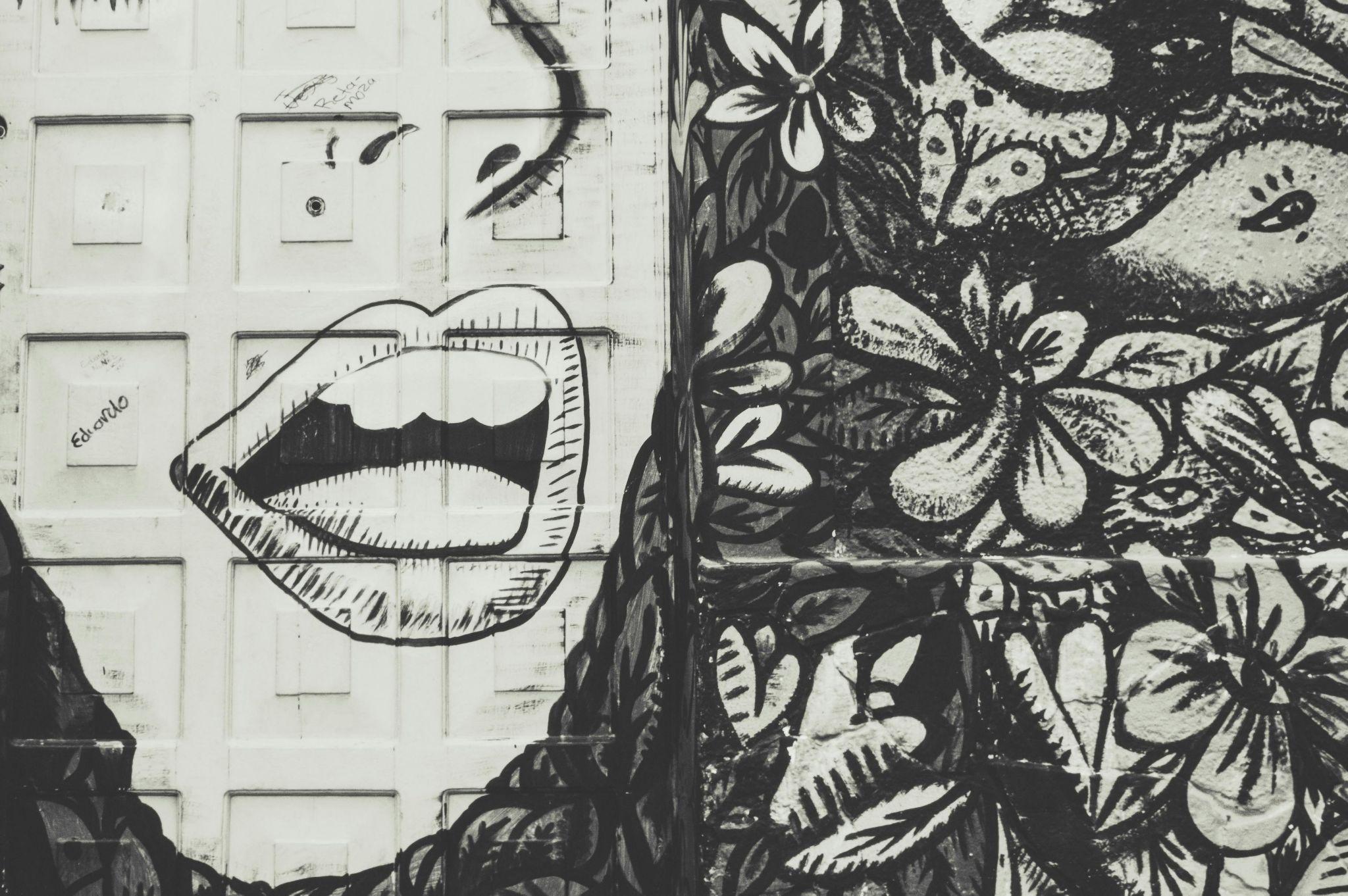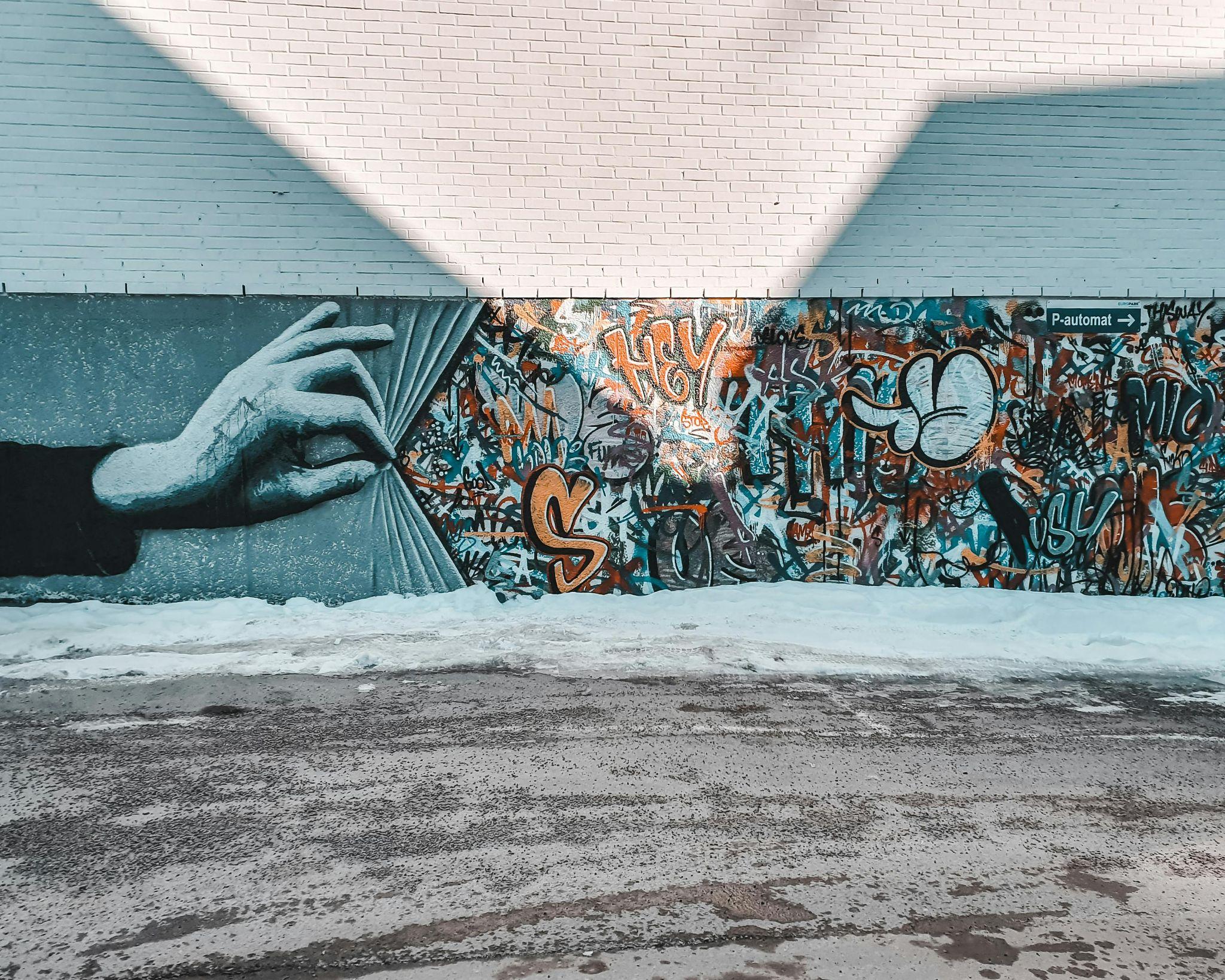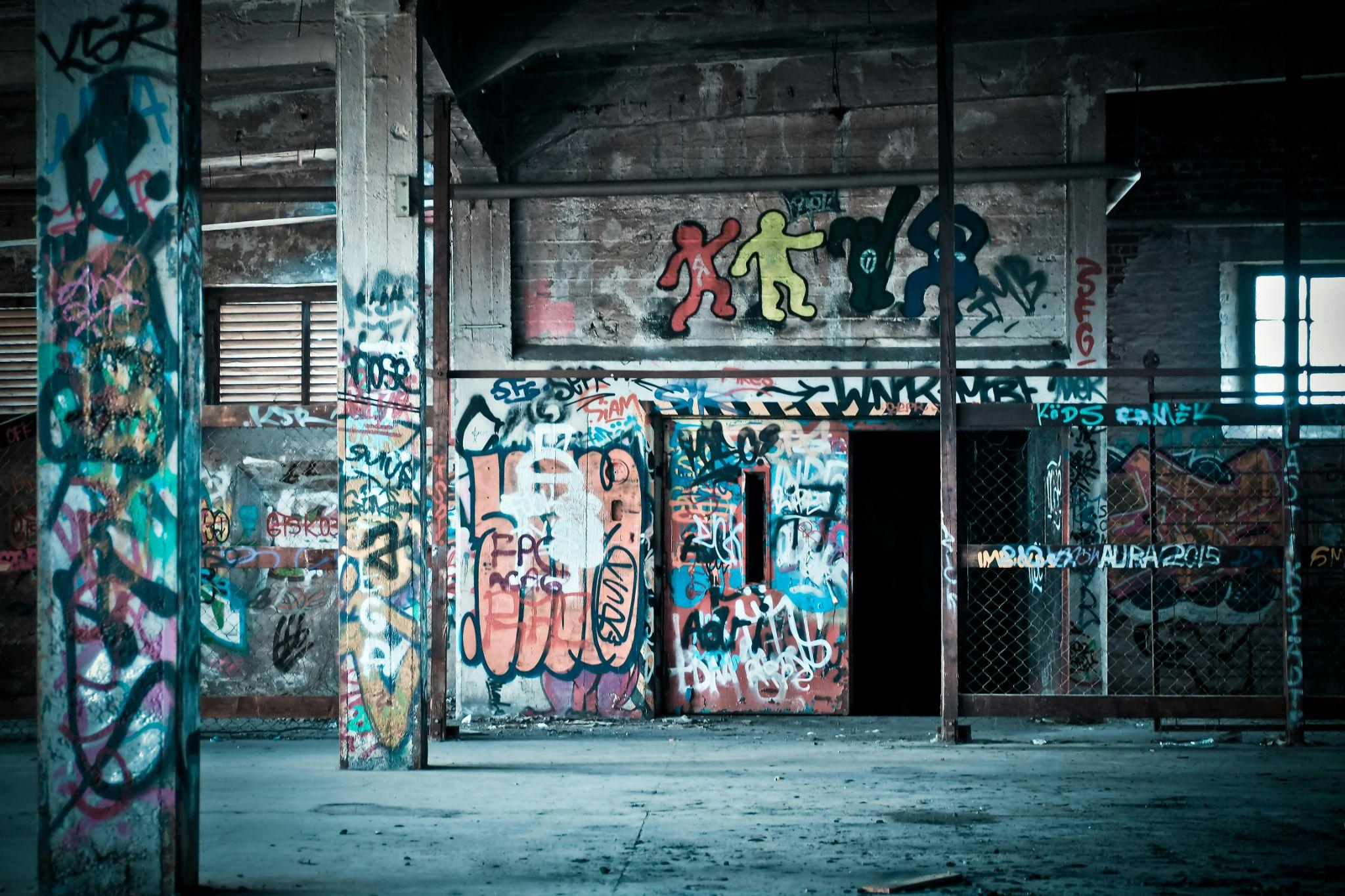Street art in urban regeneration projects has emerged as a powerful catalyst for transforming declining neighborhoods into vibrant, culturally rich communities. This artistic movement creates profound cultural, social, and economic impacts that extend far beyond mere aesthetic improvements, reshaping entire urban landscapes through creative expression and community engagement.
Why Street Art Fuels Urban Regeneration
Street art serves as a dynamic catalyst that sparks comprehensive neighborhood transformation by addressing multiple urban challenges simultaneously. Unlike traditional development approaches, artistic interventions create immediate visual impact while fostering long-term community engagement and economic growth.
Transforming Neglected Spaces
Visual revitalization through street art converts abandoned buildings, vacant lots, and deteriorating infrastructure into compelling community assets. These artistic interventions create immediate positive psychological effects on residents and visitors alike.
Key benefits of artistic space transformation include:
- Beautification – Converting eyesores into visually appealing landmarks
- Enhanced vibrancy – Creating focal points that attract foot traffic and social interaction
- Community pride – Instilling ownership and emotional connection to neighborhood spaces
- Safety improvements – Well-maintained murals deter criminal activity and vandalism
- Cultural preservation – Celebrating local history and traditions through permanent artistic displays
According to research from the National Endowment for the Arts, communities with active public art programs report 67% higher levels of civic engagement compared to areas without artistic interventions.
Building Community Identity & Belonging
Murals and street art serve as powerful storytelling mediums that reflect local culture, history, and aspirations. These artistic expressions create shared narratives that strengthen community bonds and attract cultural tourism.
| Metric | Before Street Art | After Street Art |
|---|---|---|
| Community Event Attendance | 23% | 78% |
| Neighborhood Pride Score | 3.2/10 | 8.1/10 |
| Cross-Cultural Interactions | 15% | 64% |
| Youth Program Participation | 31% | 82% |
Economic Ripple Effects of Street Art

The economic impact of street art initiatives extends beyond immediate beautification costs, generating substantial returns through increased tourism revenue, rising property values, and new business development. These artistic investments create sustainable economic growth patterns that benefit entire communities.
Boosting Tourism & Foot Traffic
Mural trails and art festivals transform neighborhoods into destination attractions, drawing visitors who contribute to local economies through dining, shopping, and entertainment spending. Cities worldwide report significant tourism increases following major street art installations.
Notable case study events demonstrating tourism impact:
- Pow! Wow! Hawaii – Generated $2.3 million in direct economic impact during 2019 festival
- Upfest Bristol – Attracted 35,000 visitors over three days, boosting local business revenue by 127%
- Wynwood Art Walk Miami – Monthly events draw 50,000+ visitors, supporting 150+ local businesses
- Montreal Mural Festival – Creates $8.5 million annual economic impact across hospitality and retail sectors
Increasing Property Values & Investment
Real estate uplift in areas with organized street art programs demonstrates consistent appreciation patterns, with properties near high-quality murals experiencing faster sales and higher valuations than comparable properties in non-artistic neighborhoods.
| District | Pre-Art Average Value | Post-Art Average Value | Percentage Increase |
|---|---|---|---|
| Wynwood, Miami | $185,000 | $425,000 | 129.7% |
| Shoreditch, London | £320,000 | £580,000 | 81.3% |
| Fitzroy, Melbourne | AUD $485,000 | AUD $720,000 | 48.5% |
| Williamsburg, NYC | $650,000 | $1,200,000 | 84.6% |
Social & Cultural Outcomes: Bridging Divides
Street art projects create inclusive platforms for cross-cultural dialogue and community expression, breaking down social barriers through shared creative experiences. These initiatives foster understanding between diverse demographic groups while providing marginalized voices with prominent platforms for storytelling.
Empowering Local Voices & Marginalized Artists
Participatory art programs ensure community members actively shape their neighborhood’s artistic identity rather than having external visions imposed upon them. This approach builds local capacity while creating authentic cultural representations.
Essential steps for meaningful community involvement:
- Community consultation – Host neighborhood meetings to identify priorities and themes
- Artist selection – Prioritize local and regional artists familiar with community culture
- Skill-building workshops – Provide training opportunities for residents interested in artistic participation
- Ongoing feedback mechanisms – Establish channels for community input throughout project development
- Maintenance partnerships – Create resident stewardship programs for long-term artwork care
Fostering Cross-Cultural Dialogue
Inclusive workshops and collaborative projects bring together participants from different backgrounds, ages, and socioeconomic levels to work toward shared artistic goals. These interactions build social capital and reduce community tensions through positive shared experiences.
Cross-cultural dialogue outcomes include:
- Shared identity development – Creating common symbols and narratives that unite diverse residents
- Reduced prejudice – Breaking down stereotypes through personal interactions and storytelling
- Increased cultural competency – Building understanding of different traditions and perspectives
- Enhanced social networks – Connecting previously isolated community members
- Conflict resolution skills – Developing collaborative problem-solving approaches through group art projects
Key Models & Case Studies of Regeneration Through Street Art

Successful street art regeneration projects worldwide demonstrate replicable strategies for community transformation. These case studies provide evidence-based approaches for cities considering artistic interventions as economic development tools.
Miami’s Wynwood Walls
The transformation of Miami’s Wynwood district from a neglected warehouse area into an internationally recognized arts destination represents one of the most dramatic examples of art-driven urban regeneration. Developer Tony Goldman’s vision, launched in 2009, has created a $1 billion economic impact zone.
Impact metrics demonstrate remarkable transformation:
- Annual visitors: 6 million+ (pre-pandemic levels)
- New businesses: 200+ galleries, restaurants, and shops opened since 2010
- Employment creation: 3,500+ jobs directly attributed to arts district development
- Property value increase: 300%+ appreciation in commercial real estate values
- Tax revenue growth: $50+ million annually in additional municipal revenue
Bristol’s “See No Evil” Project
Bristol’s approach to legal street art through the “See No Evil” project transformed Nelson Street into Europe’s largest street art event. The city’s progressive stance on graffiti culture, combined with strategic tourism marketing, created sustainable economic benefits while preserving artistic authenticity.
The project generated significant community engagement through youth workshops, artist residencies, and cultural programming that extended beyond the initial painting event. Local businesses reported 40% increased foot traffic during the project period, with many experiencing sustained revenue growth.
Detroit’s Heidelberg Project
Detroit’s Heidelberg Project represents a unique model of community-driven artistic regeneration that has evolved continuously since 1986. Artist Tyree Guyton’s installation-based approach to neighborhood revitalization demonstrates how grassroots artistic initiatives can survive economic downturns while maintaining community relevance.
Project evolution phases:
- Initial installation (1986-1991) – Converting abandoned houses into art installations
- Community expansion (1992-1999) – Engaging neighbors in collaborative artistic activities
- National recognition (2000-2010) – Attracting media attention and tourism revenue
- Institutional partnerships (2011-2020) – Securing funding and academic research collaborations
- Digital documentation (2021-present) – Creating virtual tours and educational programming
Integrating Street Art into Formal Planning
Successful integration of street art into urban planning requires collaborative approaches that balance artistic freedom with regulatory compliance. Cities must develop frameworks that support creative expression while addressing concerns about property rights, public safety, and long-term maintenance.
Collaborating with Local Government & Stakeholders
Effective partnerships between artists, community organizations, and municipal authorities create sustainable frameworks for ongoing artistic programming. These collaborations ensure projects align with broader economic development goals while maintaining artistic integrity.
Essential collaboration checklist:
- Stakeholder mapping – Identify all relevant parties including residents, business owners, and city departments
- Permit streamlining – Develop expedited approval processes for approved artistic projects
- Funding coordination – Combine public grants, private sponsorship, and crowdfunding resources
- Insurance arrangements – Establish liability coverage for artists and property owners
- Timeline management – Create realistic schedules that accommodate artistic creativity and municipal procedures
- Conflict resolution protocols – Develop mediation processes for addressing community concerns
Ensuring Sustainability & Maintenance
Long-term planning for artwork preservation requires dedicated funding streams and community stewardship programs. Cities must balance preservation costs with the ongoing economic benefits generated by artistic installations.
| Maintenance Option | Annual Cost per Mural | Longevity | Community Involvement |
|---|---|---|---|
| Professional Restoration | $2,500-$5,000 | 8-12 years | Low |
| Community Workshops | $800-$1,500 | 5-8 years | High |
| Artist Return Programs | $3,000-$4,000 | 10-15 years | Medium |
| Protective Coatings | $1,200-$2,000 | 12-20 years | Low |
Challenges & Ethical Considerations

While street art regeneration creates numerous benefits, cities must carefully navigate potential negative consequences including gentrification pressures and legal complications. Responsible planning requires proactive strategies to protect existing residents while fostering neighborhood improvement.
Avoiding Gentrification and Displacement
Balancing regeneration with affordability requires deliberate policies that ensure artistic improvements benefit existing residents rather than displacing them. Cities must implement protective measures that preserve community character while encouraging positive change.
Gentrification mitigation strategies include:
- Affordable housing requirements – Mandating below-market-rate units in areas experiencing artistic investment
- Local hiring preferences – Prioritizing neighborhood residents for jobs created through arts programming
- Small business support – Providing grants and technical assistance to existing community enterprises
- Rent stabilization programs – Implementing temporary rent control measures during transition periods
- Community land trusts – Establishing resident-controlled ownership models for key properties
Navigating Legal & Vandalism Issues
Permission systems must distinguish between authorized artistic projects and illegal graffiti while providing clear pathways for legitimate artistic expression. Cities need comprehensive policies that protect property rights while supporting creative communities.
Legal compliance tips:
- Property owner consent – Secure written permission before creating any artwork on private property
- Insurance verification – Maintain adequate liability coverage for all artistic activities
- Permit acquisition – Follow municipal procedures for public art installations and events
- Copyright protection – Document artwork ownership and usage rights through proper legal channels
- Removal agreements – Establish clear procedures for artwork modification or elimination when necessary
Measuring Success: KPIs for Street-Art Projects
Data-driven evaluation of street art initiatives enables cities to demonstrate return on investment while identifying areas for program improvement. Comprehensive measurement frameworks combine quantitative metrics with qualitative community feedback to assess project effectiveness.
Quantitative Metrics
Measurable indicators provide objective evidence of street art’s impact on neighborhood vitality and economic development. These metrics enable comparison across different projects and time periods to identify successful strategies.
| KPI Category | Specific Metrics | Measurement Frequency |
|---|---|---|
| Economic Impact | Business opening rates, property values, tourism revenue | Quarterly |
| Foot Traffic | Pedestrian counts, public transit usage, parking utilization | Monthly |
| Safety Indicators | Crime statistics, emergency calls, lighting improvements | Monthly |
| Community Engagement | Event attendance, volunteer participation, social media mentions | Ongoing |
Qualitative Feedback
Resident surveys and community forums capture nuanced perspectives on how street art affects daily life, community pride, and neighborhood identity. This feedback helps planners understand the human impact of artistic interventions beyond economic indicators.
Effective feedback collection methods:
- Door-to-door surveys – Gathering opinions from diverse demographic groups including elderly and non-English speakers
- Online platforms – Creating digital spaces for ongoing community input and project updates
- Focus groups – Facilitating in-depth discussions about specific aspects of artistic programming
- Media monitoring – Tracking news coverage and social media sentiment about neighborhood changes
- Artist interviews – Documenting creative perspectives on community collaboration and project outcomes
Future Trends: Tech, Sustainability, Global Movements
Emerging technologies and environmental consciousness are reshaping how cities approach street art as a regeneration tool. These innovations create new possibilities for community engagement while addressing climate change through sustainable artistic practices.
Digital Murals & Projection Mapping
Augmented reality and interactive installations expand the possibilities for community storytelling while reducing material waste associated with traditional murals. These technologies enable dynamic content that can evolve with community needs and seasonal programming.
Available technology tools include:
- AR mobile applications – Allowing viewers to access additional content through smartphone interactions
- Projection mapping systems – Creating temporary large-scale displays on building facades
- Interactive sensors – Enabling artwork that responds to pedestrian movement and environmental conditions
- LED integration – Adding programmable lighting elements to traditional painted murals
Street Art & Sustainability Goals
Environmental integration connects artistic projects with broader sustainability initiatives, demonstrating how creative expression can advance climate action while building community resilience through collaborative environmental stewardship.
| Art Initiative | Environmental Outcome | SDG Alignment |
|---|---|---|
| Solar-powered murals | Renewable energy education | SDG 7: Clean Energy |
| Pollinator garden art | Biodiversity conservation | SDG 15: Life on Land |
| Recycled material sculptures | Waste reduction awareness | SDG 12: Responsible Consumption |
| Stormwater management murals | Climate adaptation | SDG 13: Climate Action |
Conclusion
Street art’s transformative power in urban regeneration extends far beyond aesthetic improvements, creating comprehensive community benefits through economic development, social cohesion, and cultural expression. Successful projects require integrated planning approaches that prioritize community participation, address gentrification concerns, and establish sustainable maintenance frameworks. As cities worldwide face increasing urbanization pressures, street art offers a proven strategy for creating inclusive, vibrant neighborhoods that celebrate local identity while fostering economic opportunity. The future of urban regeneration lies in embracing artistic expression as an essential component of comprehensive community development, ensuring that creative initiatives serve existing residents while attracting new investment and cultural vitality.